In an increasingly complex world, designers have to work harder to come up with new things and make them culturally meaningful for users
One of the most interesting areas in product design is the study of the culture that they are designed for. Through the lens of a cultural anthropologist, the study of products that we are surrounded by as artifacts, which make our material culture, yields interesting results. Some of these findings can potentially deal with complex questions like why we love certain products and brands and how some of the most promising products of the last decade fail miserably when we move on into another fascinating decade.
Take the case of the mobile phone as a cultural artifact of our modern day tribe. It has become the single most important multiutility personal computing device. A mobile phone lets us connect through voice and text, email and social media. The happenings in our immediate surroundings can be instantly recorded and shared. We can navigate cars and pay for our purchases. It is also a device that ensures personal safety outside our familiar environment. The mobile phone is an example of extreme convergence of all that we desire to do while on the move.
Interestingly, we accept the hard fact that the most advanced handset for professional use is the same as the most friendly consumer device. It appears that our acceptance of the radical shift in the appearance of devices is far more when it comes to mobile phones than some other category of devices – say a camera. It seems, the professional camera is refusing to change its basic design principles at all. A metallic looking black casing with engraved markings and machine cut look of the optical gear is something that generations of serious photographers and manufacturers have decided to adore. One cannot imagine a soft shaped silver bodied compact camera to be a professional one.
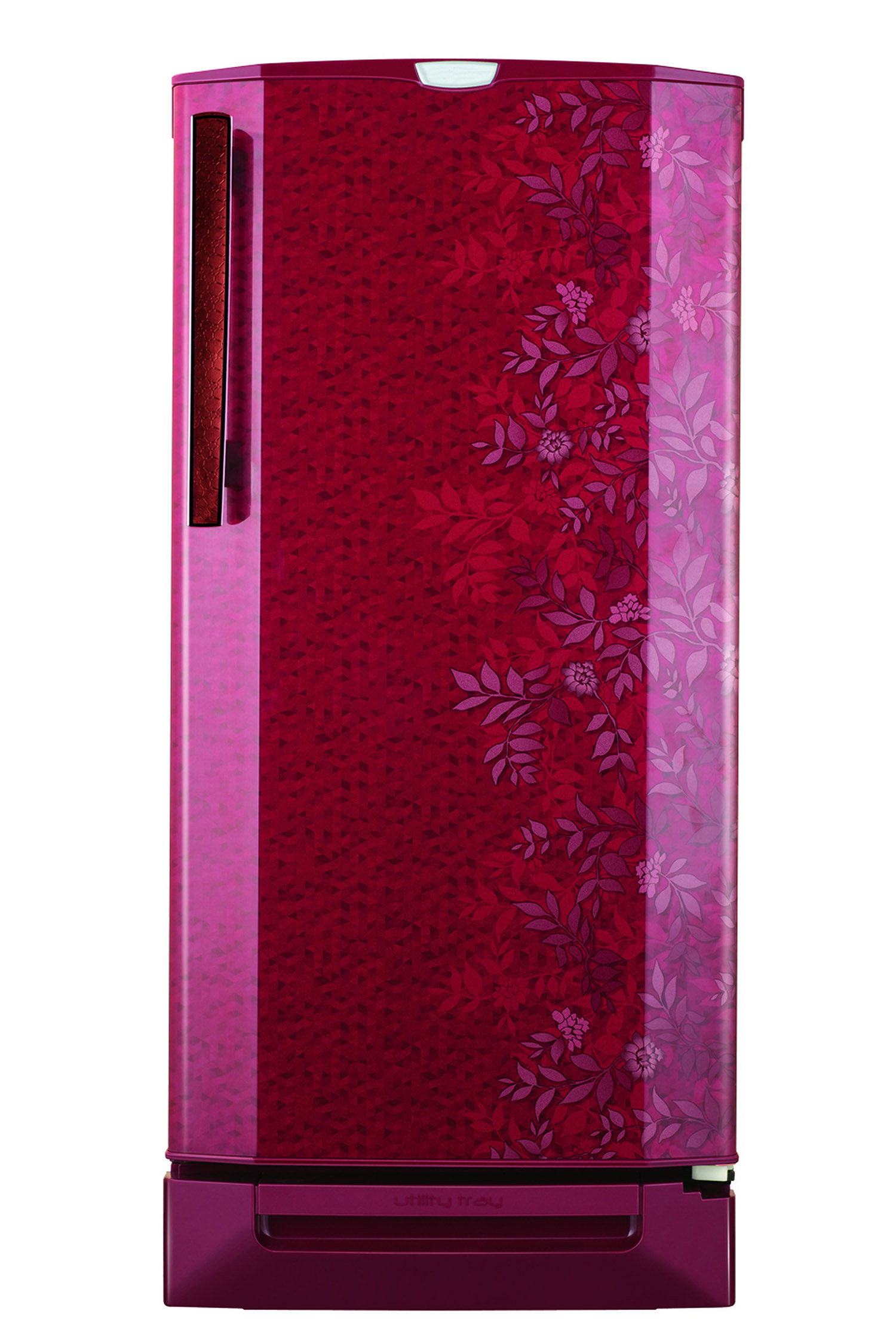
In our country, especially, some of these stereotypes also take a cultural turn. India as a country with its contradictions and its extremely diverse culture is arguably the most difficult marketplace for a consumer brand. Indian mythology and symbolism remains an influencing backdrop of the collective conscious despite strong influences from the West. The symbolic value of objects is of utmost importance and the choices we make for the objects we acquire are fascinating learning cases for designers and marketers.
A Himmatnagar farmer who likens his bike to his cattle and prefers a black motorcycle to the North Indian marketplace lapping up red automobiles for the marriage season, a country where vacuum cleaners can be sold only through home visits and violent persuasion when rest of the world uses vacuuming and cleaning synonymously, where a McDonald’s burger is an ‘outing’ experience and home made meal from the tiffin box is a ‘working’ meal is by all means a tough nut to crack.
One of the foremost proponents of Product Semantics, the study of ‘meaning’ of products, Klaus Krippendorff gives the famous slogan that sums up this concern of design: ‘Design is making sense (of things)’. In an increasingly complex world powered by rapidly changing technology, it is becoming extremely important to be able to come up with new things and at the same time making them comprehensible to the user to whom these should make sense and be culturally meaningful objects. Designers are increasingly attaching more importance to understanding this cultural backdrop that provides the context for any design.
-
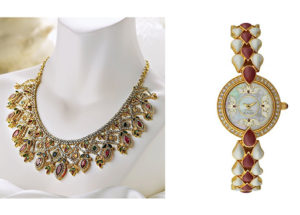
A rich tradition is jewellery making which has seen excellent design experiments successfully blending the modern with the traditional.
-
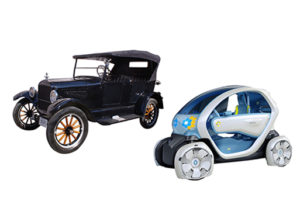
The Ford model T of 1920 resembles more closely the current production vehicles than concept cars and refuses to morph into an alien looking space age fantasy.
-
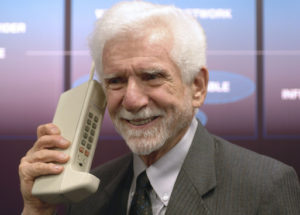
Marty Cooper, the inventor of the first real commercial cellphone’. The mobile phone has radically changed its appearance over the years.
-
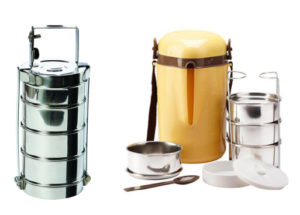
An old and a more recent example of a tiffin box. The product offers a lot of potential for design intervention for modern everyday use.
-
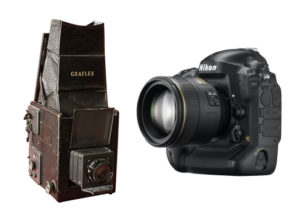
The Graflex early SLR camera, 1924 and the more recent day Nikon D4 digital SLR camera. For over a hundred years, not much has changed in the way we prefer a professional SLR camera in terms of its looks.
-
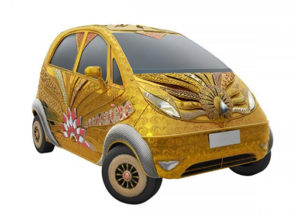
A golden Tata Nano created for promotional purposes. ‘Ornamentation’ is a popular inspiration for designers.
-
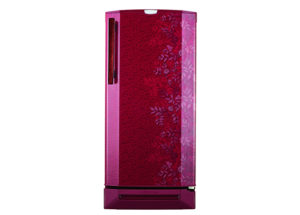
A highly decorative refrigerator. The concept of ‘white’ goods has to be rethought of in the marketplace.
